Environmental Monitoring and Environmental Risks and Health
NIES International Forum Report
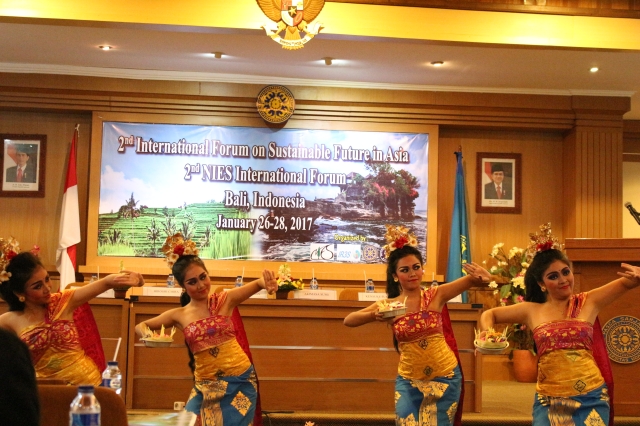
At this Forum, five of the major environmental problems facing Asia were selected, and the latest research findings on these themes were presented, followed by an overall discussion. Brief summaries of the topics raised in each session follow.
Environmental Monitoring
Speakers
-
Prof. Takahiro Osawa (Chair)
Vice Director, Center for Remote Sensing and Ocean Sciences, Udayana University(UNUD), Indonesia -
Dr. I Nyoman Radiarta, S.Pi, M.Sc
Research and Observation of the Ocean ( KKP ) Perancak – Bali, Indonesia -
Dr. Shiro Ochi
JAXA Visiting Scientist, GeoInformatics Center, AIT, Thailand -
Prof. Dr. Ir. I Wayan Nuarsa, M.Si
Graduate Study on Environmental Science Postgraduate Program, UNUD, Indonesia -
Dr. Tsuneo Matsunaga
Director, Satellite Observation Center / Head, Center for Global Environmental Research, NIES, Japan -
Dr. Hibiki Noda
Researcher, Center for Global Environmental Research, NIES, Japan -
Dr. David Gaveau
Scientist, Center for International Forestry Research (CIFOR), Indonesia
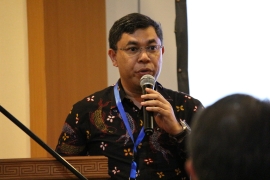
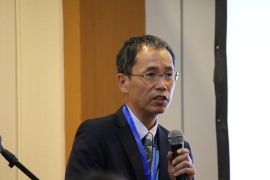
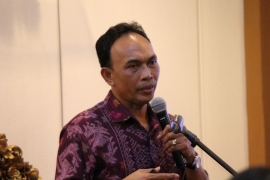
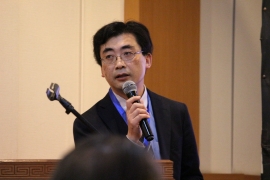
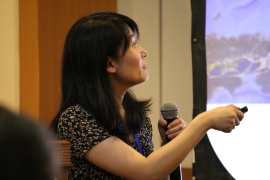
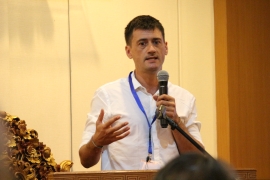
Summary
In this session, the use of remote sensing technology for observation of various environmental data was introduced. Satellites can be used to observe and obtain a wide range of observational data, including changes in coastal environments, damage from disasters (floods, drought, etc.), greenhouse gases, and deforestation. In the presentations, it was noted that, although large volumes of observational data were being obtained, application of those data was needed to benefit people’s actual lives at a local level. There was much interest in the GOSAT project, in which NIES is involved, and in the discussion time, questions included at what scale (national, regional, municipal, etc.) the data could be collected, and whether it could be used to observe other chemical substances.
<Related Information>
GOSAT http://www.gosat.nies.go.jp/en/
GOSAT-2 (Japanese only) http://www.gosat-2.nies.go.jp/jp/
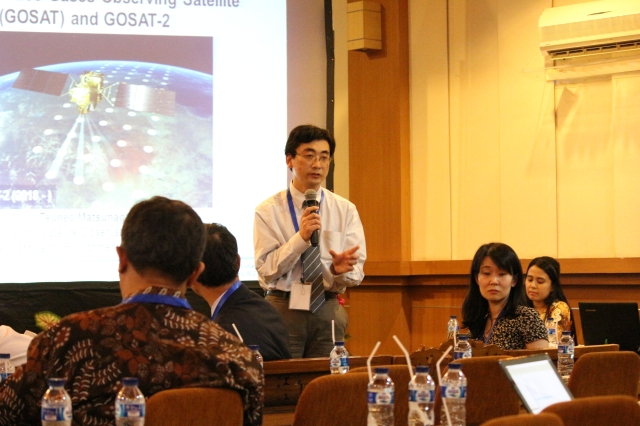
Environmental Risks and Health
Speakers
-
Prof. Chiho Watanabe (Chair and Speaker)
Professor, Dept. of Human Ecology, Graduate School of Medicine, UTokyo, Japan -
Dr. Bambang Wispriyono, PhD
Chairman, Environmental Health Specialist Association Indonesia (EHSA Indonesia) / Lecturer, Dept. of Environmental Health, Faculty of Public Health, Universitas Indonesia, Indonesia -
Dr. Noriyuki Suzuki
Director, Center for Health and Environmental Risk Research, NIES, Japan -
Dr. I Made Ady Wirawan, Ph.D Head of Centre Excellence for Healthy Tourism, School of Public Health, Faculty of Medicine, UNUD, Indonesia
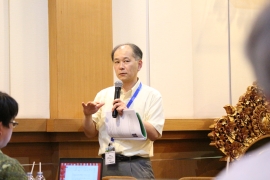
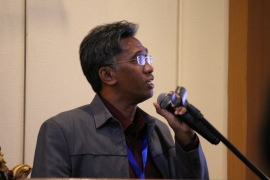
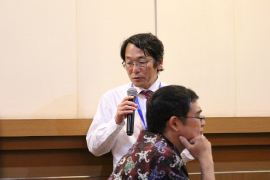
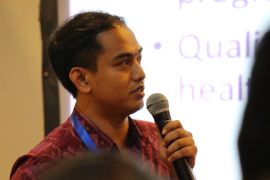
Summary
This session included a look back at the kinds of environmental problems that Japan experienced in the past, and a presentation on the environmental problems currently faced in Indonesia. In Indonesia today, in addition to issues such as safe water supply and waste management, the environmental impact of tourism is also emerging as a problem. The presenter noted that, even when certain risks are reduced, there is still potential for other risks to emerge to take their place, and pointed out the importance of considering the balance between benefit and risk. Safe and secure environments will provide the foundations for sustainable societies, and consideration of environmental risks and their impact on health is an indispensable part of any discussion about the future of sustainable societies.
Poster Sessions
Poster sessions were also part of this year’s forum. Approximately 40 posters, including nine from NIES, were presented
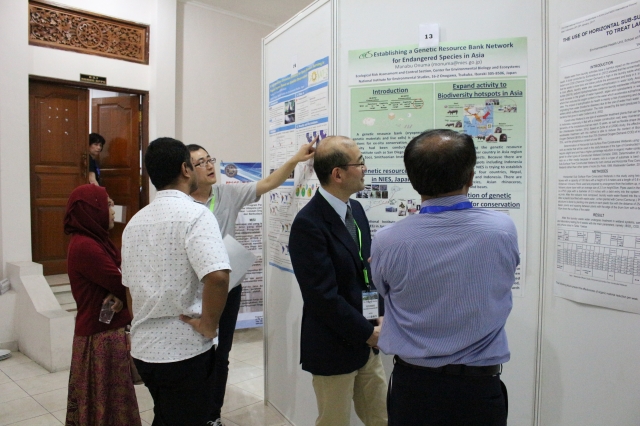
Script by Yuri Sugimoto and Shuichi Ashina (Research Project Collaboration Division)
Photo by Yuri Sugimoto
2nd International Forum on Sustainable Future in Asia
Web Report
-
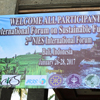 2017-2-2Opening: 2nd NIES International Forum
2017-2-2Opening: 2nd NIES International Forum
-
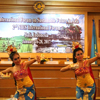 2017-2-3Environmental Monitoring and Environmental Risks and Health
2017-2-3Environmental Monitoring and Environmental Risks and Health
-
 2017-2-6Waste Management and Recycling and Biodivesity
2017-2-6Waste Management and Recycling and Biodivesity
-
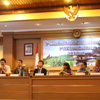 2017-2-10Synergizing Mitigation and Adaption Action
2017-2-10Synergizing Mitigation and Adaption Action
-
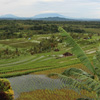 2017-2-23Field Trip to Jatiluwih – Rice terrace designated as a UNESCO World Cultural Heritage Site
2017-2-23Field Trip to Jatiluwih – Rice terrace designated as a UNESCO World Cultural Heritage Site